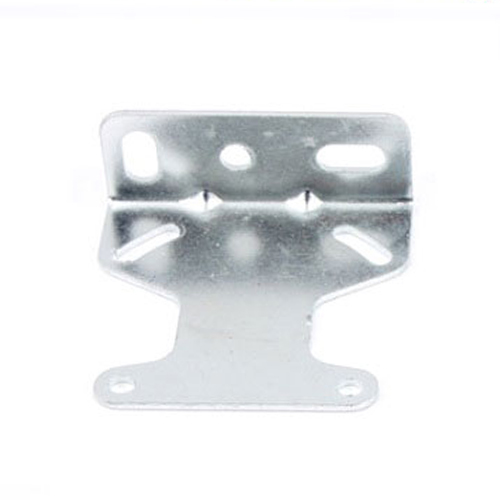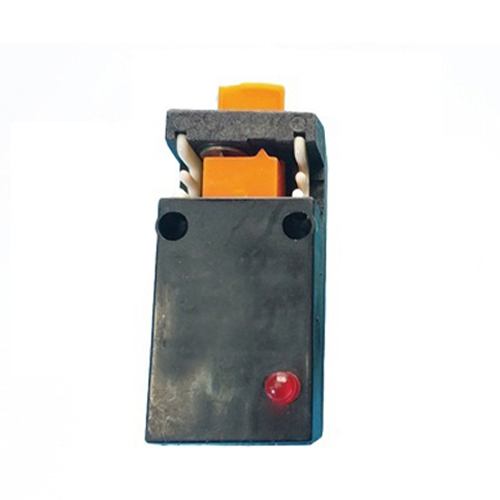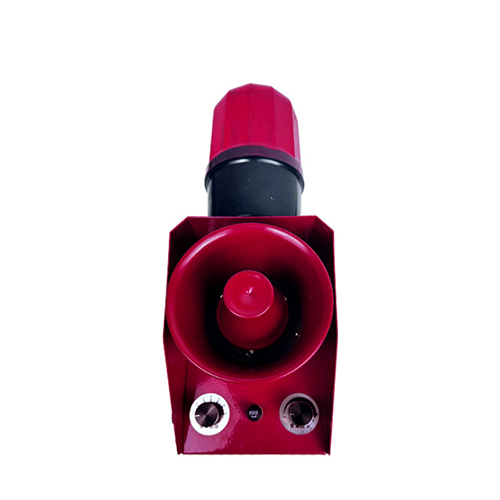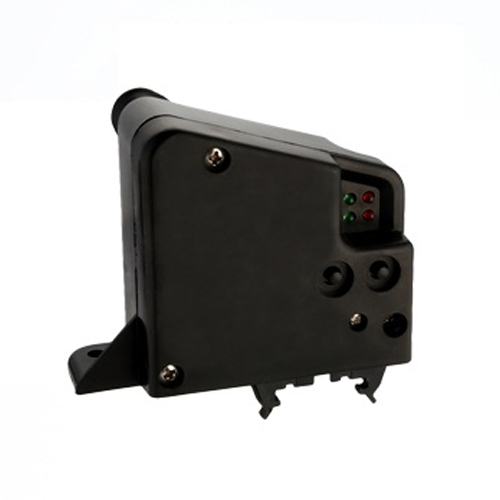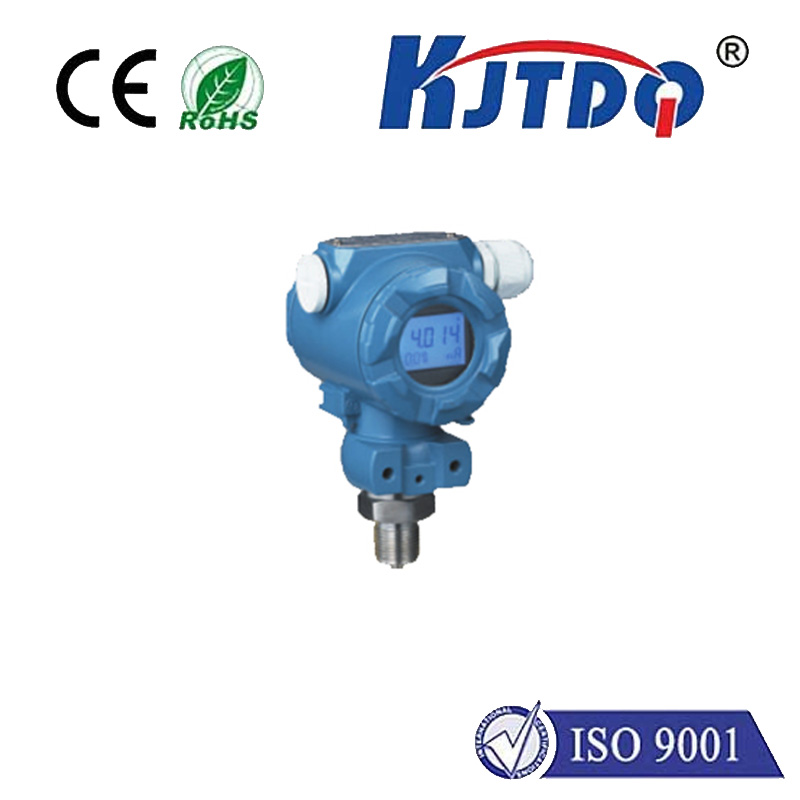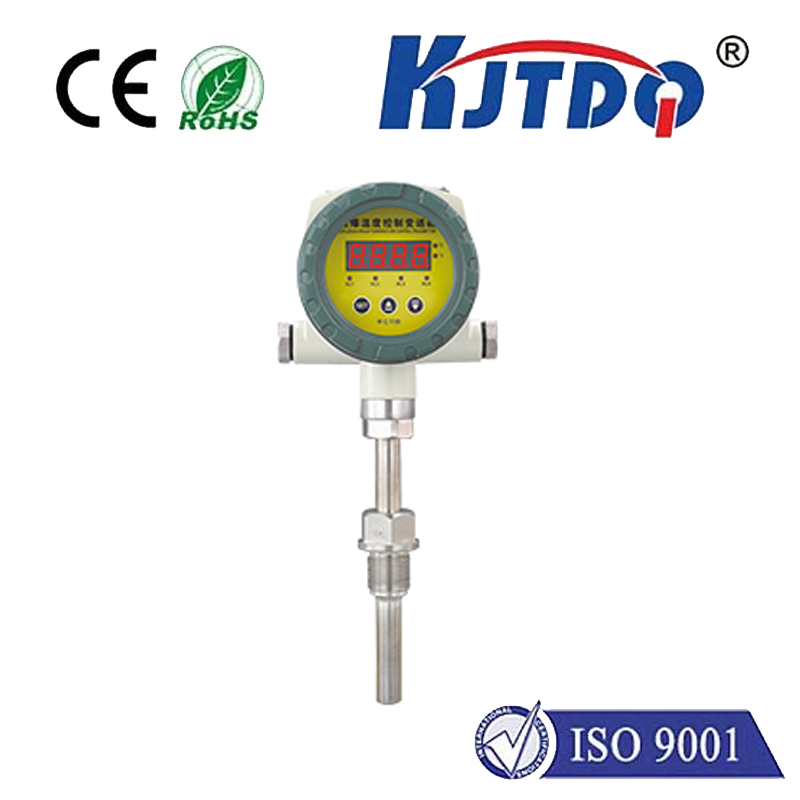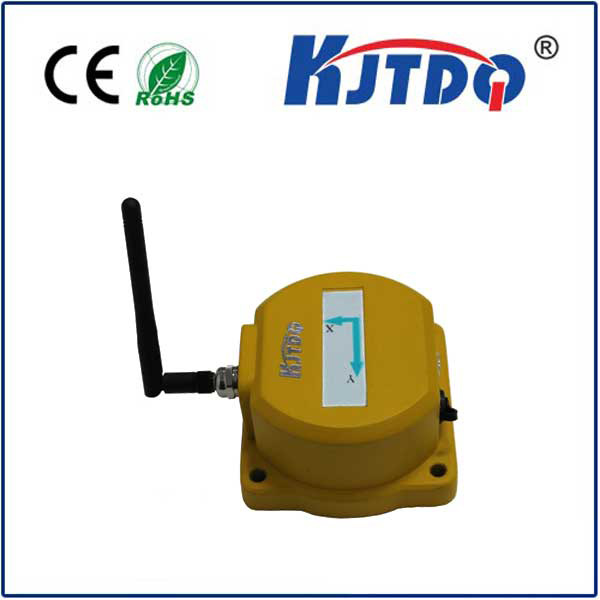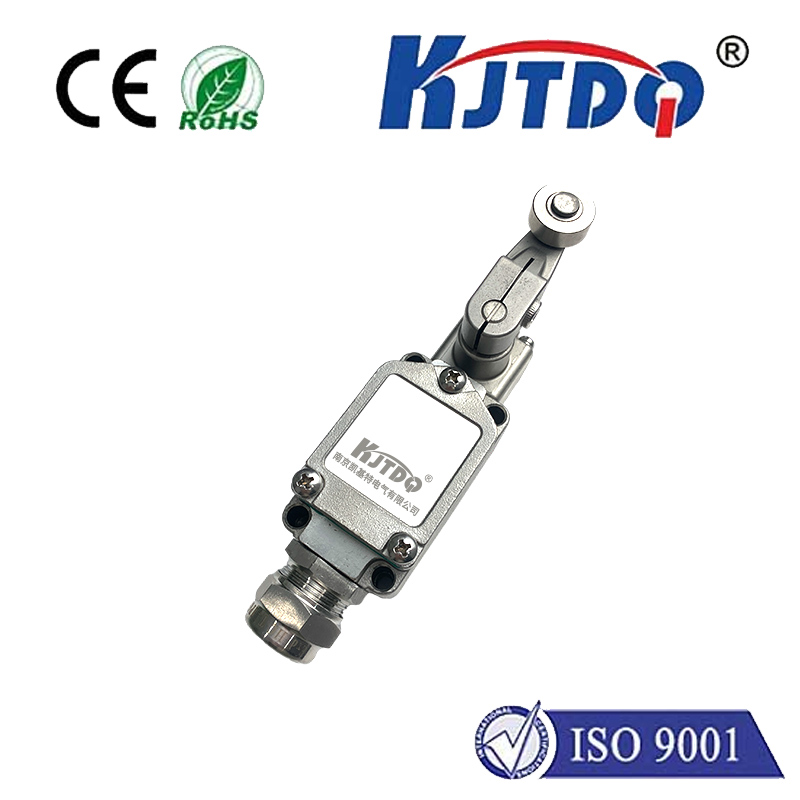

check

check

check

check

check

check

check

check

check

check

Unlocking the Power of Light: Understanding Photoswitch Sensors” In a world that is becoming increasingly interconnected and automated, photoswitch sensors are emerging as vital tools in our daily lives. These devices, also known as optical switches or opto-coupled switches, function by detecting the presence or absence of light, thereby activating or deactivating a circuit. But what exactly makes these sensors so indispensable? Let us delve into the details and unravel the mysteries behind the magic of photoswitch sensors. Photoswitch Sensor Basics Photoswitch sensors operate on a simple yet highly effective principle: the interruption or presence of light. Fundamentally, they consist of two main components - a light source and a photodetector. When an object passes between the light source and the detector, it blocks the light beam, prompting the detector to trigger a switch within the circuit. This process can be likened to a gatekeeper who either allows or denies passage based on certain conditions. The Marvel of Applications The applications of photoswitch sensors are as diverse as they are fascinating. In the realm of industrial automation, they are instrumental in controlling conveyor belts, monitoring product levels, and ensuring safety by stopping machinery when human presence is detected. In everyday consumer products, they contribute to energy efficiency by automatically turning off lights when a room is unoccupied or dimming them based on natural light availability. Moreover, photoswitch sensors play a crucial role in modern technology, from adjusting screen brightness on our smartphones to enabling facial recognition systems. Advantages of Photoswitch Sensors One of the primary advantages of using photoswitch sensors lies in their non-contact nature, which significantly reduces wear and tear, enhancing the longevity of the equipment they control. Additionally, they offer high sensitivity and fast response times, making them ideal for applications where precision and speed are paramount. Their ability to function reliably in extreme environments, such as high temperatures or magnetic fields, further underscores their versatility. The Future of Photoswitch Sensors As technology advances at breakneck speed, so too do the capabilities of photoswitch sensors. Researchers are continually exploring new materials and designs to enhance their efficiency, reduce size, and integrate advanced functionalities such as wireless connectivity. With the looming era of smart homes and cities, the role of photoswitch sensors is set to expand exponentially, paving the way for innovations that we can scarcely imagine today. In conclusion, photoswitch sensors may seem like diminutive players in the grand scheme of technology, but their impact is anything but small. By harnessing the power of light, they unlock possibilities that revolutionize industries, enhance convenience, and contribute to a sustainable future. As we move forward, brace yourself for a dazzling display of innovation stemming from this unassuming hero – the photoswitch sensor.

